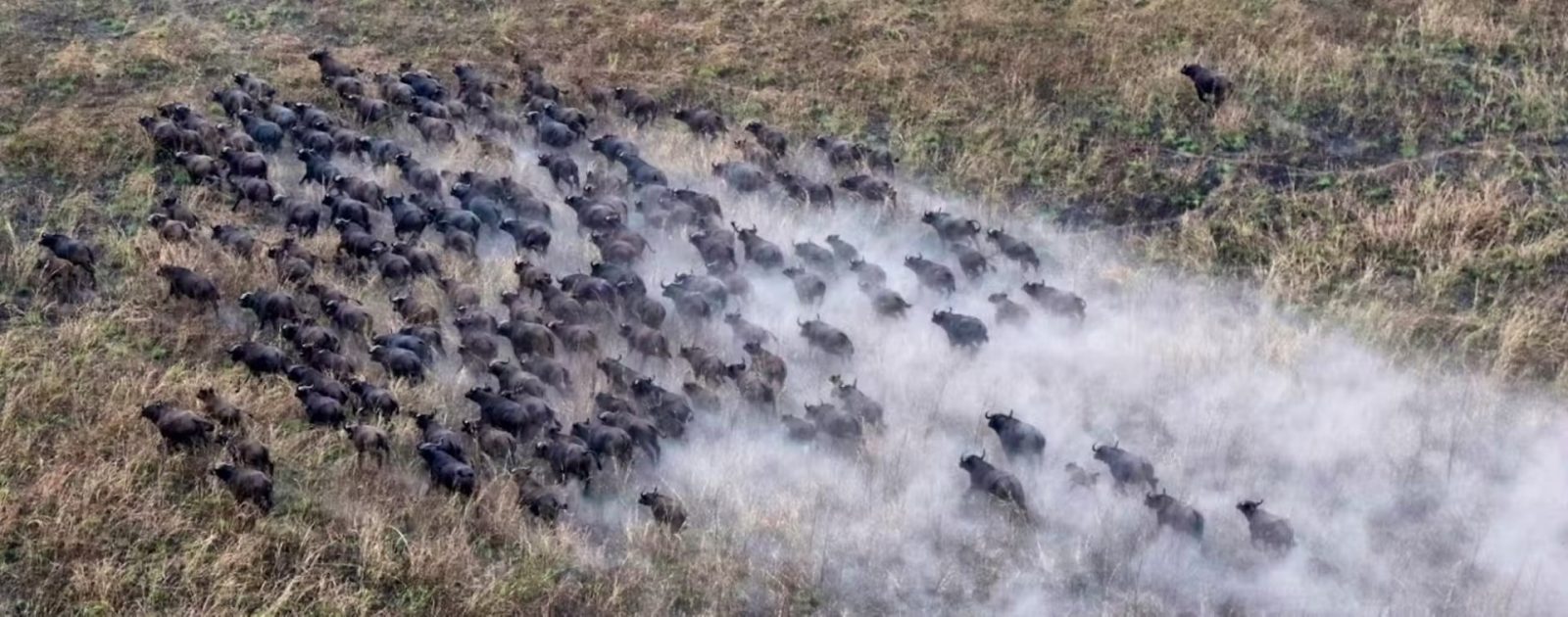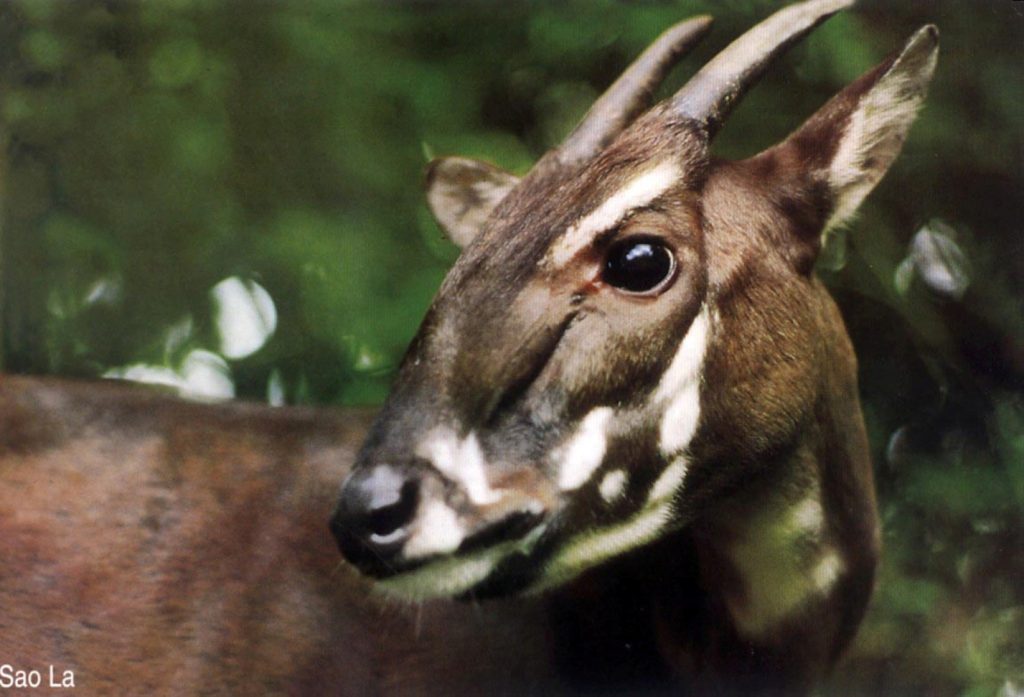
Bovini or the family of all wild cattle species
Bovinae is a biological family of cloven hooved family Each of these three tribes encompass a variety of species and we will deal with these tribes one by one. The Bovinae family includes all bovids, which are ruminant mammals (cloven hooved) which include all of the worlds cattle, yaks, bison, buffalo antelopes (which include goat-antelope) goats and sheep.
This family currently has 143 surviving species, with 300 known species. it has 11 major families and 13 major tribes.
This family first appeared 20 million years ago. Below is the initial splits into 3 in this family. It should be noted that not all these families will be relevant at the current time – but as destinations grow all should be fully relevant.
So, firstly Borselaphini, this consists of just 2 species, the Nilgai and the 4-horned
The next tribe (below) is Bovini, which includes 3 families. These vary in size quite widely with the middle one only containing one species
The first family Bubalina contains 2 Genus Syncerus only contains one species (first) the rest are from Bubalina
Genus Syncerus Genus Bubalus
Bovina contains 1 Bison subgenus (it used to contain 2 but the Genus Bos became a subgenus (it should be noted there are far more subgenus that are extinct). Also, for simplicity sake, any subspecies will only be mentioned in each species page.
Subgenus Bos poephagus Bison & Bos Bibos
Bos is domestic cattle
_Taurus originate in Africa, _Mutus=wild Yak, Bos_Indicus Domestic cattle Originate in Himilayas Originate in India, fatty hump (first on second row) and Aurochs
Finally tribe Tragelaphini or spiral horned antelope contains 5 genus. The first 4 contain 1 species (in order) the last genus has 3 species. If I cover subspecies these will be in their own pages
Genus Ammelaphus Genus Nyala Genus Tragelaphus Genus Taurotragus Genus Strepsiceros












